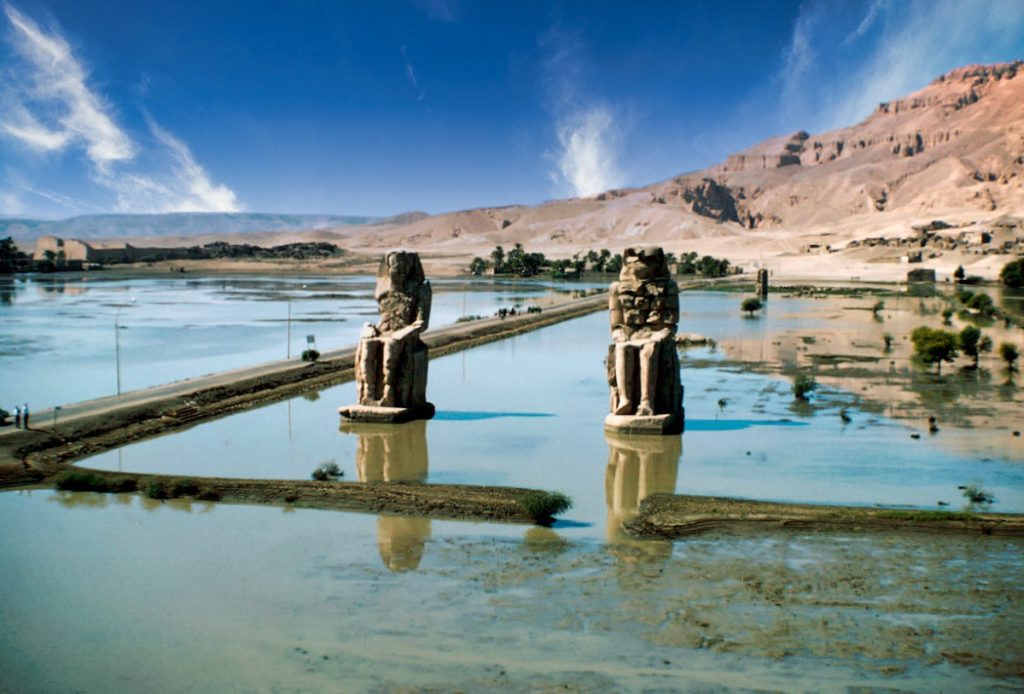![]()
One of my favorite places, while visiting the city of Luxor, a plateau at the foot of the mountain range where he found Valley of the Kings and the Temple of Hatshepsut, a plateau surrounded by fields and private homes, but where are Colossi of Memnon. They rise some twenty meters in height, observing the Nile for centuries. Witnesses of the history of many rulers of Egypt still stand today and record everything that happens on that once pharaonic soil of Thebes.









